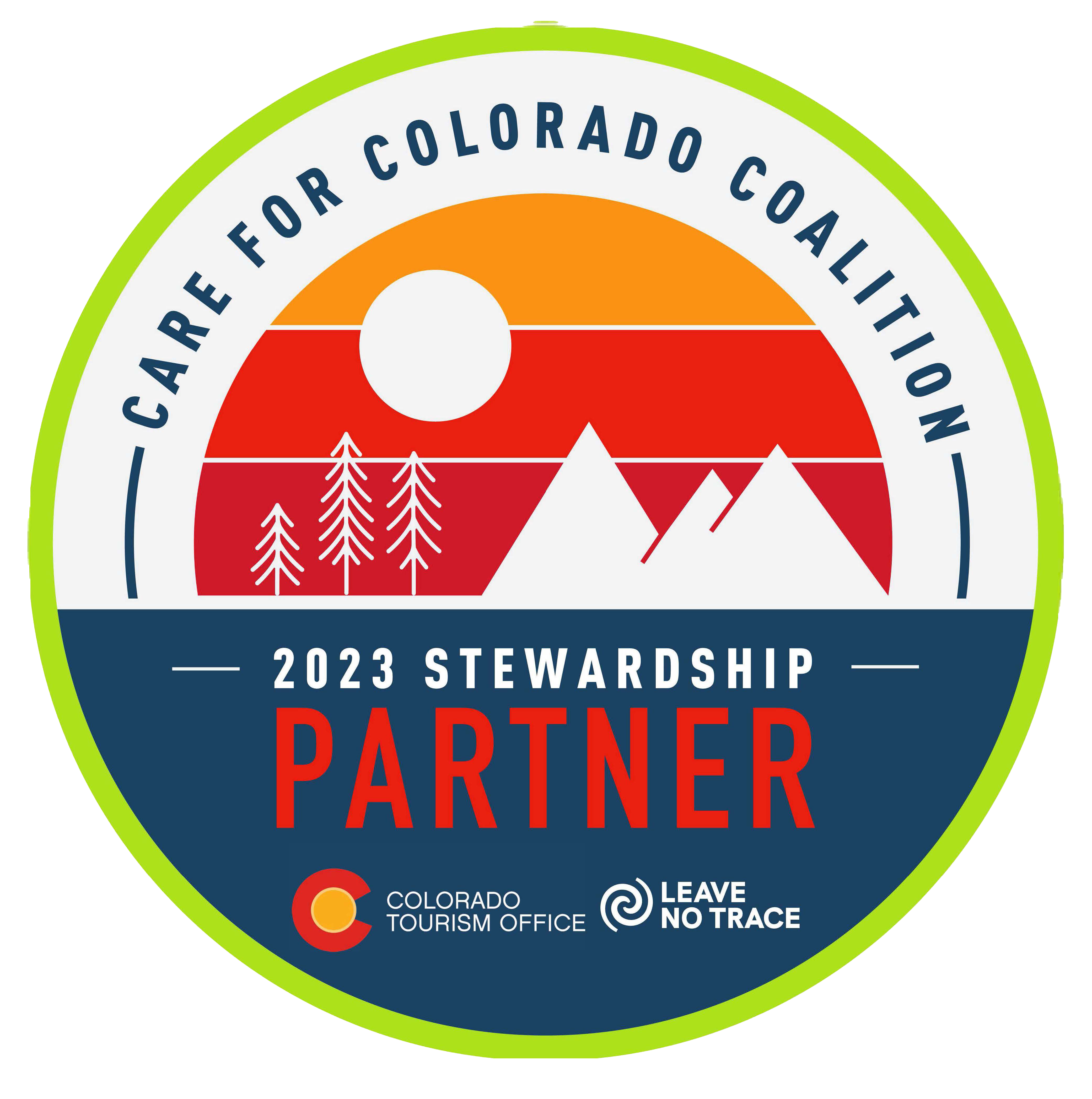Climbing the Great Sand Dunes
What a magnificent sandpile! Forever shifting and changing in the wind but always staying in the same place. Hiking the dunes is unique as there is no trail. Everyone blazes their own. Rising almost 800 feet above the valley floor the dunes are easily accessed from the visitor center parking lot. Prepare for seasonal conditions with proper clothing, sun protection, and water. If hiking barefoot during the summer months, pack sandals or shoes for the decent. How do I know this? The hard way, once. The sand will heat up quickly in the high altitude sun and will become a toe toasting surface. And though shoes may fill with an hourglass full of sand, they can easily be removed and drained. Aim at the highest dune and start walking. Each step is forgiving as the soft sand falls away and creates an impression. One step forward, half step back. Every few minutes, stop and look around. In a hurry? Don't be. Enjoy the pace and the views as you hike, for there is no way to turn an ankle! Feel the valley breezes kissing the skin. Reach the top and photo opp.
SLV Treasure Hunter's secret #1 - As the defending dune jumping champion, I will reveal a favorite spot. Upstream along Medano Creek to the east, there will be a place where sand cornices will form, where almost vertical sand edges from 3-6 feet high lay below the main dunes. Below the cornice is a steeper slope of sand that ends in the creek bottom. Get the idea? Come a runnin' down the main dune and launch! Catch big air and free fall for 12 to over 20 vertical feet, land in the soft sand and tuck and roll. Multiple attempts and freestyle moves are encouraged. No shoes, no helmet, and no equipment required.
SLV Treasure Hunter's secret # 2 – Either plan to camp at the dunes during a full moon cycle or be lucky enough to be there. Climb the dunes in the moonlight. Several of us were climbing on a cool June evening. A soft layer of clouds placed a big ring around the moon that took up a quarter of the night sky, and a beautiful, ghostly veil lit up the surrounding dunes and the nearby mountains. Plus, the top few inches of sand that had been warmed by the sun became a fabulous place to bury thyself to take out the night time chill and stare at the night sky.
Pleasures – Family hiking is great as everyone can scatter about, do their own thing and no one can get lost! Soft dune sand is easy on ankles, knees, and joints. Expansive views range all the way into New Mexico and across the valley to the San Juan Mountains. Warm sun. No prickly cactus, no insects follow you onto the dunes, cool water in which to kick, dash, and splash in Medano Creek (seasonal) and no restrictions on leaping and laughing. A day at the beach in the mountains!
Perils – Soft sand hiking at altitude can create fatigue – go at an easy pace, hot sand can burn bare feet, blowing sand on windy days can be painful on exposed flesh as the fine grains can fly at high speeds over knee height. Ouch! How do you think we know that? Watch for summer thunderstorms, the dunes are exposed = no protection from lightning. Sand reflects sunlight but cool breezes can make the sun feel less warm, but ... wear sunscreen and sunglasses. How do you think we know this? How many times have we heard – oh, I'm from Florida, or I'm from California – I'm in the sun all the time. Next day? – roasted shoulders, toasted nose, and fried lower lip (high altitude sun can burn the lower lip – wear lip balm with sunscreen or your lower lip may not be happy)







